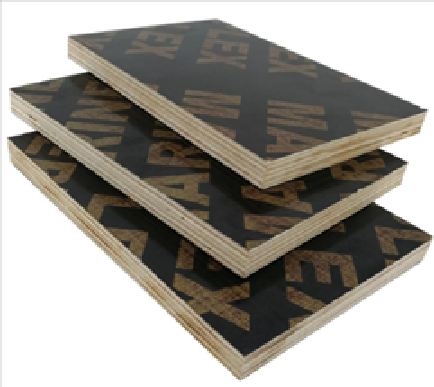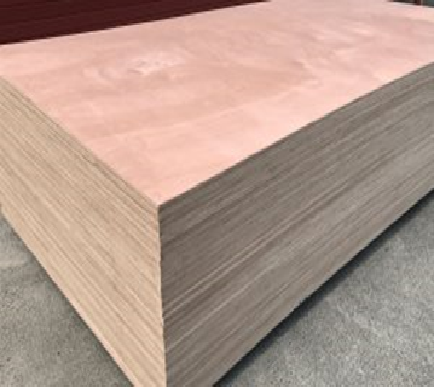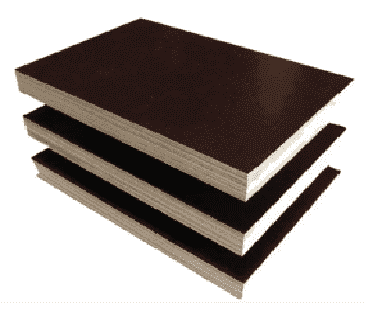
Plywood
1.Plywood is a versatile composite material commonly used in construction and woodworking. Let’s delve into its details:
Composition and Manufacturing:
1.Plywood is crafted from thin layers (plies) of wood veneer.
2.These veneer layers are glued together with adjacent layers, forming a strong and stable composite material.
3.The plies are oriented at right angles to each other, a technique known as cross-graining.
Cross-graining provides several benefits:
1.Reduced Splitting:
It minimizes the tendency of wood to split when nailed at the edges.
2.Dimensional Stability:
Plywood experiences less expansion and shrinkage, ensuring consistent dimensions.
3.Balanced Structure:
An odd number of plies balances the sheet, reducing warping.
Applications:
Plywood finds applications in various fields:
1.Construction:
Used for walls, roofs, floors, and formwork.
2.Furniture:
Plywood serves as a base material for cabinets, tables, and chairs.
3.Boat Building:
Marine-grade plywood withstands water exposure.
4.Interior Design
Plywood panels add texture and warmth to interiors. Packaging: Lightweight plywood is used for crates and boxes.


Types and Grades:
Plywood comes in different types based on wood species (e.g., hardwood, softwood) and intended use.
Grades indicate quality, with A being the highest and D being the lowest.
Common types include MR (Moisture Resistant), BWR (Boiling Water Resistant), and Marine Plywood3.
Advantages:
Strength: Plywood’s layered structure provides strength and stability.
Cost-Effective: It’s more affordable than solid wood.
Versatility: Suitable for various applications.
Eco-Friendly: Efficient use of wood resources
Easy to Work With: Can be cut, drilled, and shaped.